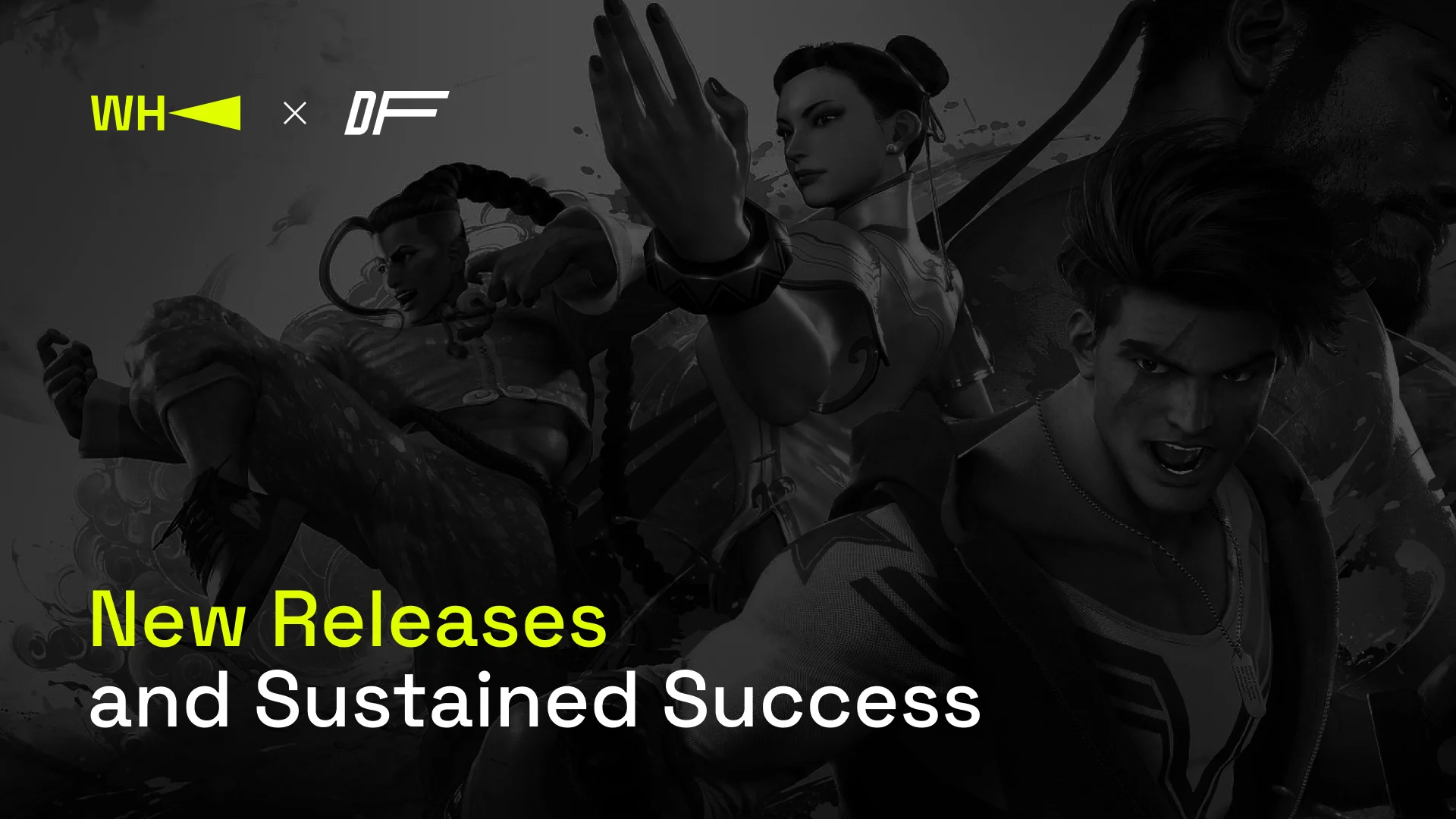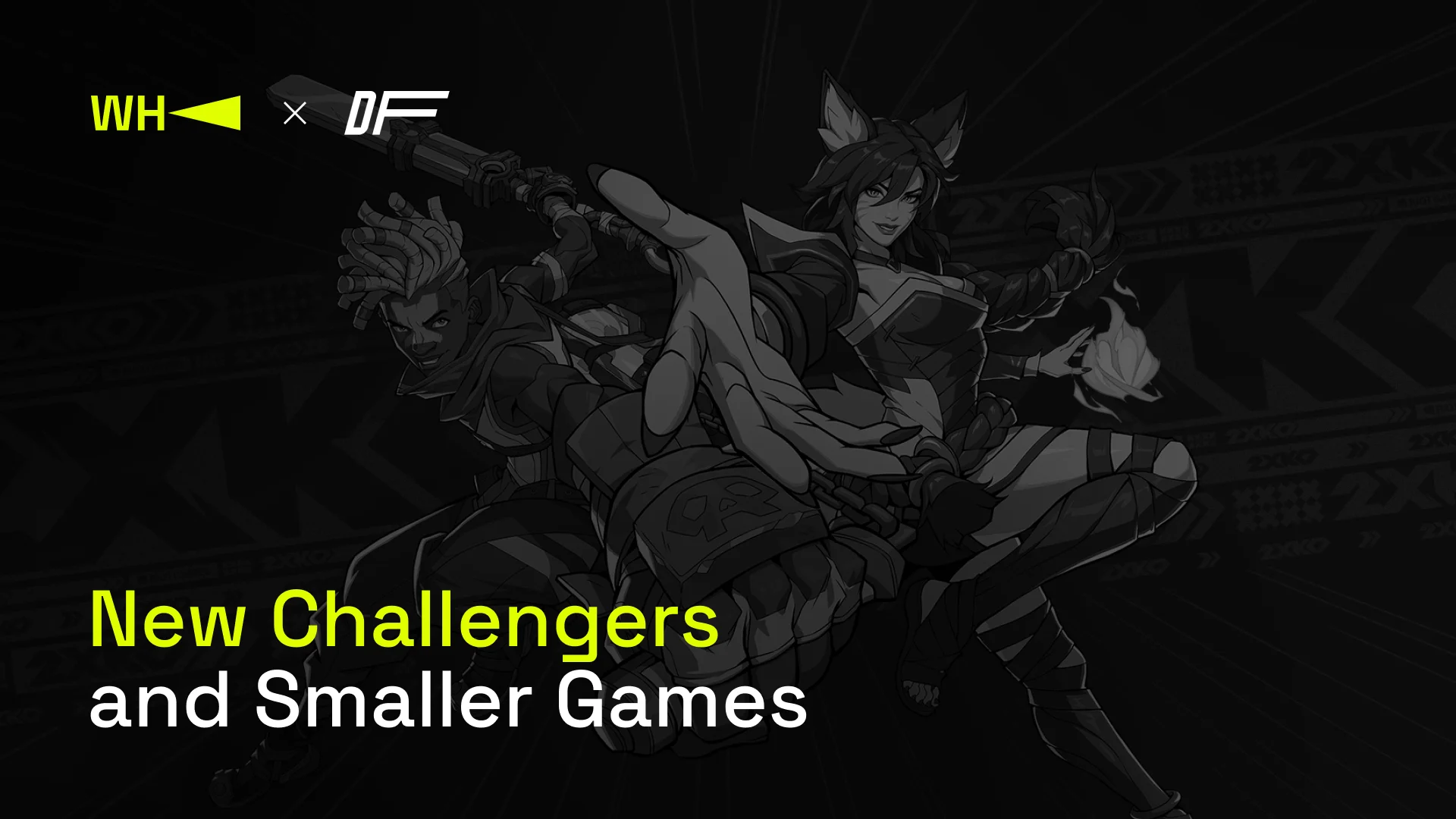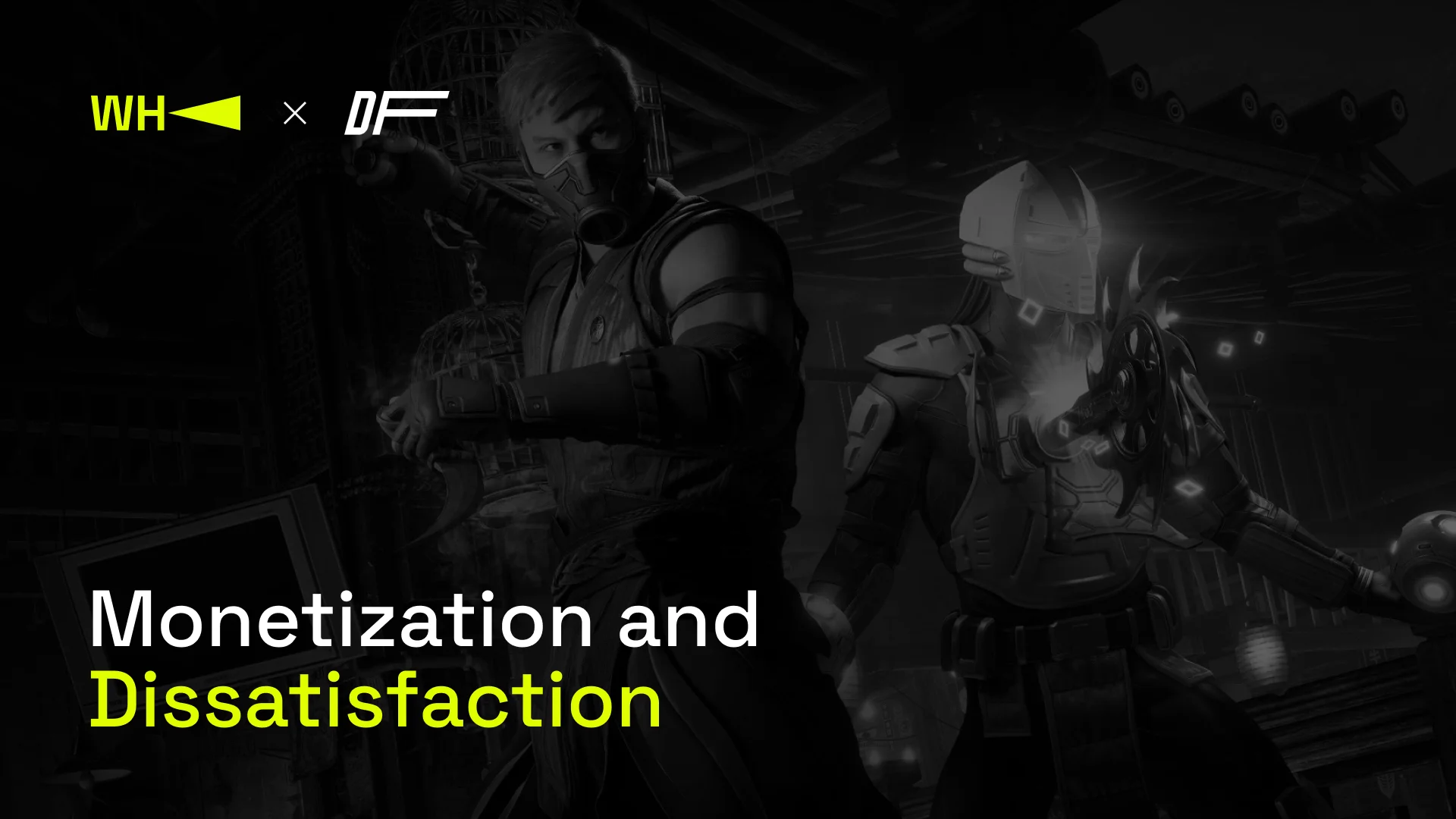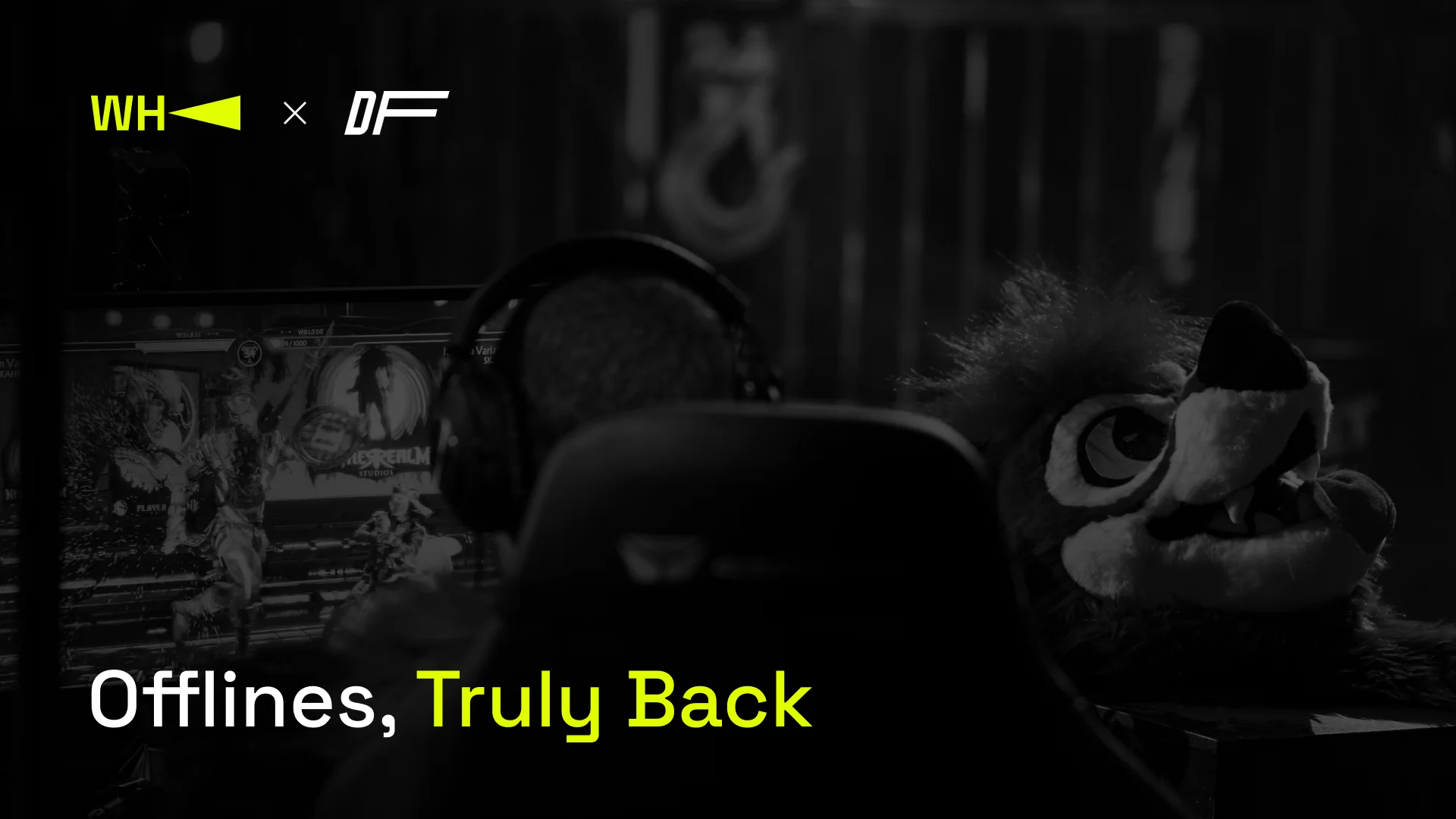May 24, 2024
Five Hot Fighting Game Industry Trends
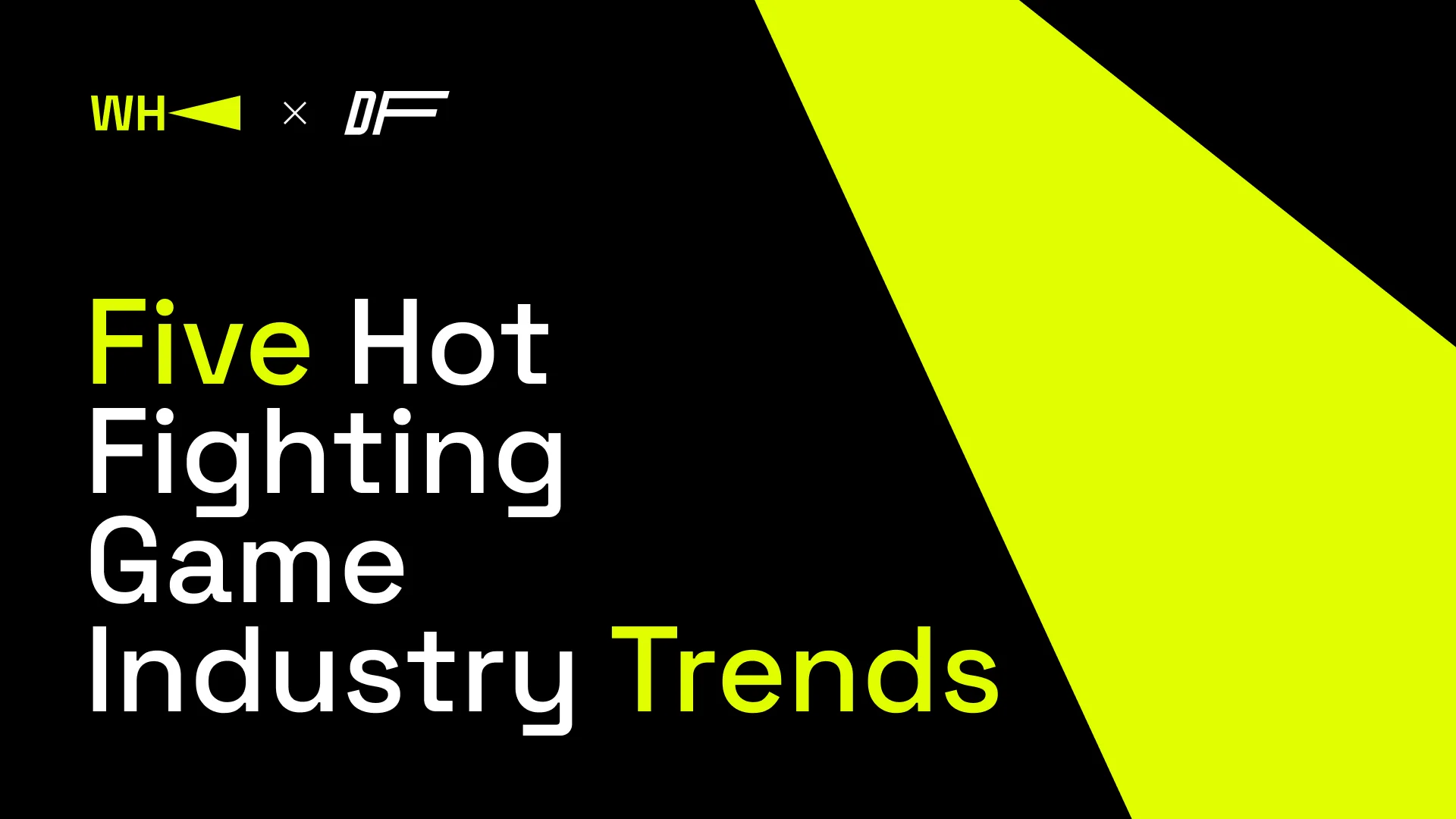
8 min read
Of course, fighting games are part of the larger video game industry. They tend to follow the usual trends set by more mainstream titles and developers but with a bit of a lag — a couple of years’ lag, really. However, with most of the high-profile games being re-released, the niche has caught up with the industry at large.
New Releases and Sustained Success
2023 was an incredibly important year for the entire fighting game community. It brought two of the three big new releases, Street Fighter 6 and Mortal Kombat 1, and 2024 has followed suit with the long-anticipated Tekken 8. With this, the trifecta is complete.
What’s very important about these games is that they cater to radically different audiences within the fighting games niche. Street Fighter 6 is a precise, technical game that’s difficult to execute and has a relatively low margin for error. Mortal Kombat is the people’s champion, a game that’s very easy to pick up yet hard to master. It lets you play at your own pace using a variety of different approaches but still retains its penchant for blood and gore. It’s a cult classic for a reason. Tekken 8 has a completely different foundation — it’s a 3D fighting game, with the characters on screen able to move around freely. The newest entry has added some much-needed graphical updates to make it look like a proper current-generation game, as well as introducing more speed and aggression to its gameplay.
All these games are quite different from their predecessors, which was important to ensure their longevity and sustained success. These differences attract players; if they were too similar to the games the FGC played for the previous seven years, they’d get bored very quickly. Innovation and change are the driving forces in the industry.
DashFight diligently covers all these games; casual and advanced players alike are welcome to watch the guides and interact with other content. The esports side is covered as well, with most of the notable tournaments and events ending up on our competitive calendar.
New Challengers and Smaller Games
People in the FGC habitually name Riot Games’ 2XKO, previously known under its codename Project L, as the next big thing in the genre. There are several good reasons for this. Historically, it has never been easy for someone to just enter the fighting game spaces. Most of today’s major titles have been here for quite some time, and the newer IPs are made by household names in the industry. But Riot Games is different, and everyone sees the promise their game holds. The reasons to be excited are plenty.
- Riot’s titles have always been designed to be easy to pick up and hard to master, which will also be the case this time around.
- Riot has a robust network infrastructure set up for its flagship game, League of Legends. They will leverage it to make the connection truly seamless for everyone. The server-based approach will make WiFi lag a thing of the past.
- 2XKO is based on the existing IP, League of Legends, with hundreds of millions of fans worldwide. We haven’t had an IP this big entering the fighting game circles since Marvel.
- Riot Games has been hosting its own esports tournaments for over a decade, and they’ve always focused on sustainability rather than inflated prize pools for the winners.
From what Riot Games has said this year, the entirety of its competitive calendar for 2024 will be the testing ground for the game before its eventual release in early 2025. Many big events will feature 2XKO playtests, so it’s easier than ever to get your hands on the game and try it out.
DashFight is keeping a keen eye on this upcoming title and is poised to cover it as soon as it comes out.
But it’s not just 2XKO that seems about to challenge the big three. Truth be told, MK1 didn’t manage to reach the heights its predecessors did, and it’s already challenged by a smaller game with a very dedicated community — Granblue Fantasy Versus: Rising. A great roadmap sees the players coming back to it time and again, and the game’s first guest character practically broke the internet: Nier: Automata’s 2B is simply an inspired addition to such a cool game.
We’ve also had a release of UNDER NIGHT IN-BIRTH II Sys:Celes, a much more niche game that nevertheless has found its audience and is already present at most high-profile events. Even older games like Guilty Gear Strive and King of Fighters XV are still going strong, with new characters and content regularly added.
And to cap it all off, MultiVersus is getting its second life this year, but it’s not aiming for the big three’s crowns. It has its own target — Super Smash Bros. Ultimate. Let’s see how much better the game is going to be after the developers had more than a year to implement all the feedback.
The future of fighting games is incredibly bright, and DashFight is here to capitalize on all of it.
Monetization and Dissatisfaction
Last year, we spoke about the monetization scheme in fighting games being different from other esports disciplines. About the games being paid, and then the players being invited to purchase new characters and cosmetics. And how some titles break with this tradition and follow the path of Counter-Strike, Valorant, and Dota 2, offering free access to fights with a limited number of characters. This time around, almost everyone tried to break the mold.
Street Fighter 6 went the way of paid alternate outfits in what is quite an expensive bundle.
Mortal Kombat 1 adopted the controversial rotating store, with practices many describe as “FOMO-inducing.”
Tekken 8 made the most controversial move in launching the game microtransaction-free and then adding the in-game store a couple of months later, selling the classic outfits for what’s perceived as an inflated value.
Granblue Fantasy Versus: Rising made an interesting decision — along with the in-game shop, there’s also a battle pass that allows players to get limited-time cosmetics. Along with this, the game has a free version with a limited amount of available characters that essentially serves both as a demo and a free advertisement.
So, fighting games have caught up with the rest of the gaming industry. We have yet to see the results, both good and bad, of these moves, and everyone has their opinions and convictions regarding monetization options. Companies claim development costs have risen sharply, while consumers are clamoring for better and more ethical practices.
Offlines, Truly Back
Last year was the first time we started getting offline events back after the lengthy COVID pandemic, whose impact we all felt in one way or another. Yes, offlines actually started coming back in 2022, but it was all shaky and uncertain. Now, however, they are well and truly back. The year started out with Frosty Faustings in the US. We then moved to Japan for Evo Japan 2024, a massive event with the first sighting of Tekken 8 on such a scale. Now we’re looking towards the future, where events like Combo Breaker 2024, CEO 2024, Evo Las Vegas 2024, and UFA 2024 await us.
And it’s not just about the biggest-scale tournaments. With all the top games having their own publisher-backed pro tours ongoing, many players choose to travel the world to get the points towards the end-of-the-year qualification for the finals of said tours.
And while the events are indeed well and truly back, we’re still seeing the effect of COVID. Many smaller events that were dependent on running continuously to generate revenue and stay afloat sadly closed down.
We’re also seeing fewer and fewer online events. Even the titan of the competitive Tekken, ten/o media, had to close its longest-running online event, Intercontinental Fight Club, or ICFC.
As always, DashFight is on the lookout for any relevant high-profile event to add to our extensive tournament calendar and rankings structure.
Sponsorships and Prize Pools
With all the high-profile games already out and more and more eyes watching fighting game tournaments, more money is slowly and surely coming into the scene. Lots of it is due to various corporations entering the scene, but credit to them, they’re doing it carefully, like Sony’s PlayStation with Evo.
Evo is also the leader in getting sponsorships and partnerships. For example, they’re partners with American fast food chain Chipotle, which offered various activations, like giving players who made it out of the event pools a free meal. Evo is also partnered with Crunchyroll, which aims to get into gaming more and more. A recently signed collaboration saw Evo partner with optical manufacturer Zinny, and their goal is not only to sell as many glasses as possible but also to educate visitors on the importance of eye health.
Evo Japan also has no shortage of sponsors: Japanese multinational consumer goods and pharmaceuticals corporation Rohto is the event’s main sponsor, even showing up in its name.
Thanks to all this attention and the involvement of companies like Sony, the Evo prize pools are higher than ever. But even they can’t reach the eye-watering numbers that Capcom Pro Tour offers its winner — a whopping $1 million. Capcom wisely decided that this was the best marketing campaign for the game, and it worked out beautifully. But they’re not stopping at one — the next Capcom Cup will also feature a prize pool of a similar magnitude.
DashFight is very interested to see whether other publishers will follow suit and increase their offerings or decide to do something else. We’d also love to know what Riot Games wants to do with game monetization, tournament structure, and prize offerings.
These are just a few trends that are currently happening in the world of fighting games, and this quick summary is here to be easily digestible and informative and to give you a basic understanding of what’s happening in FGC. Let’s see what the future holds for this incredible niche!
